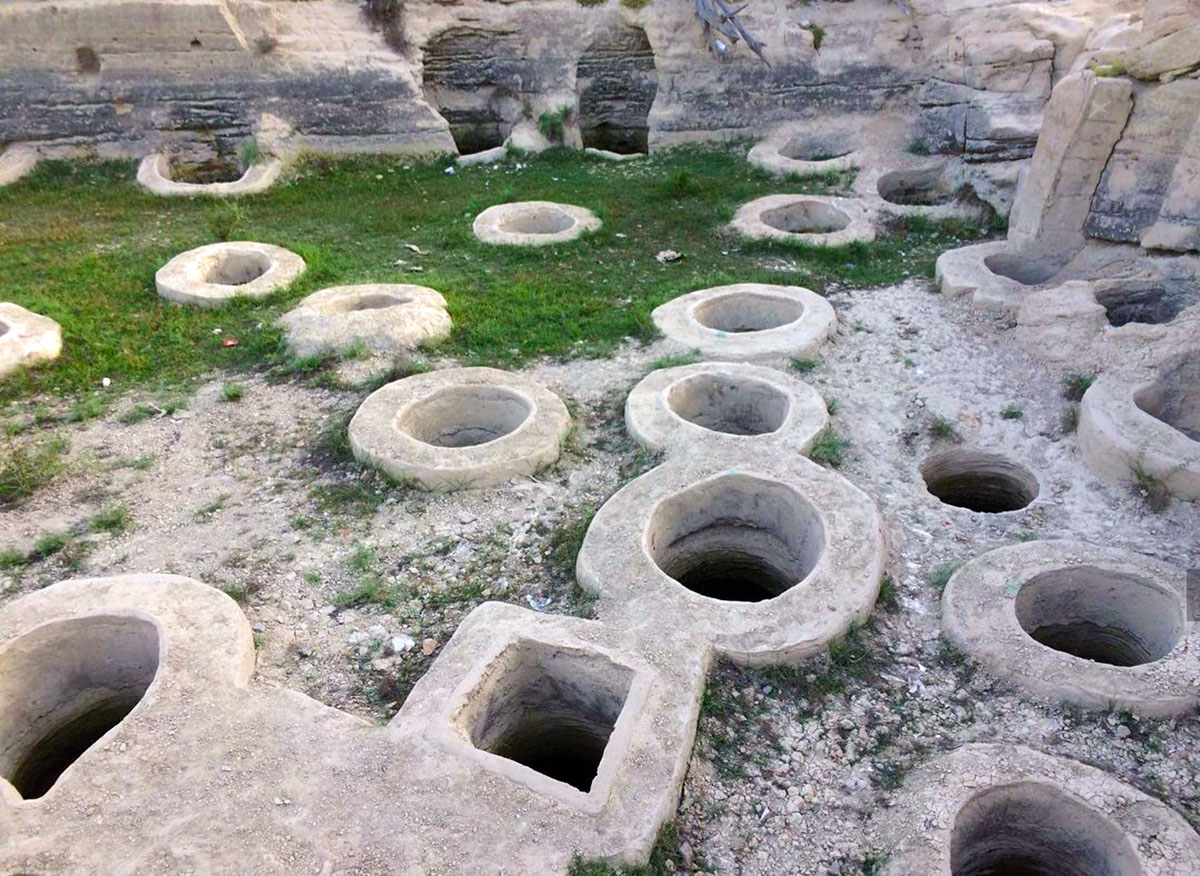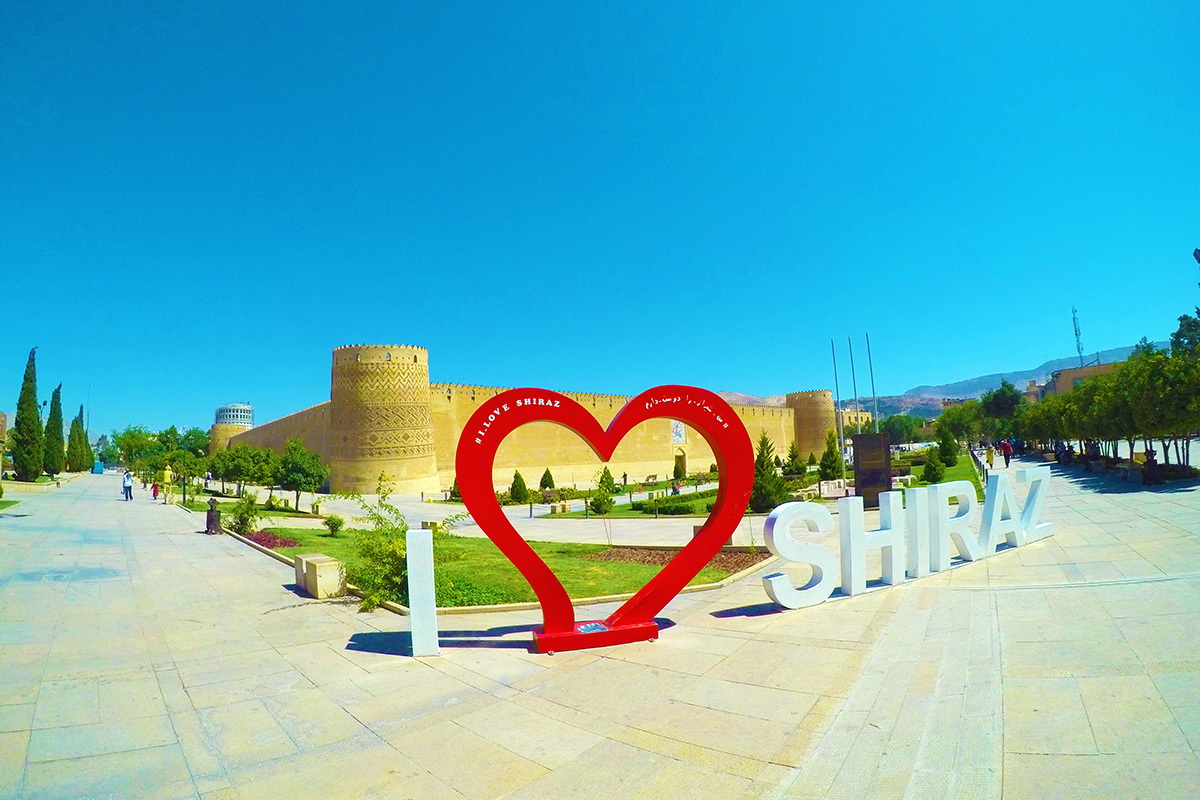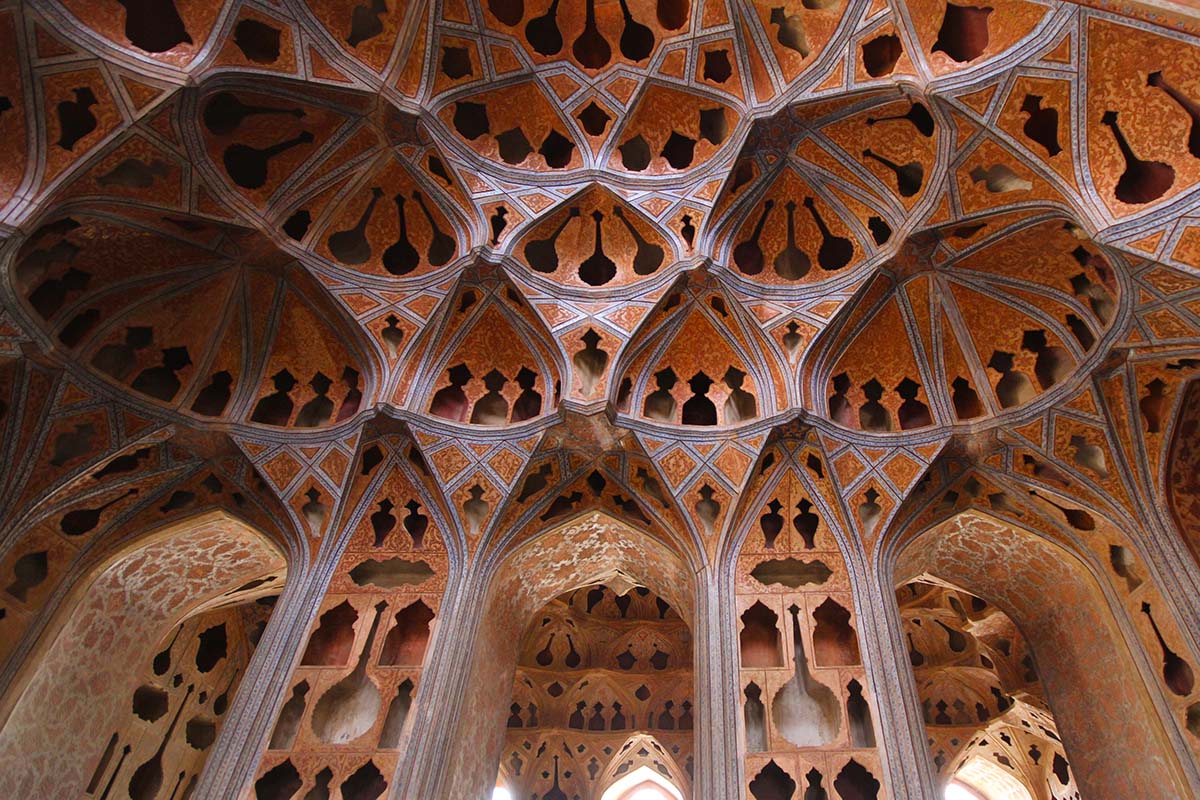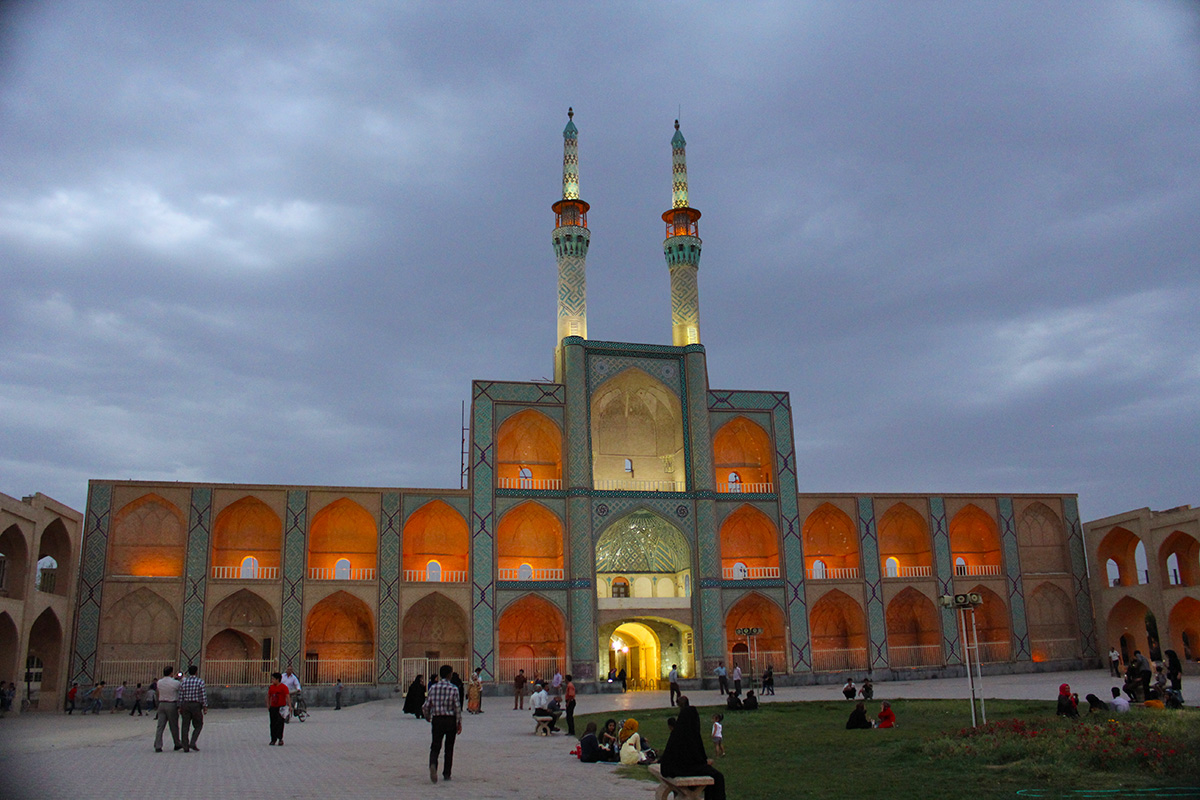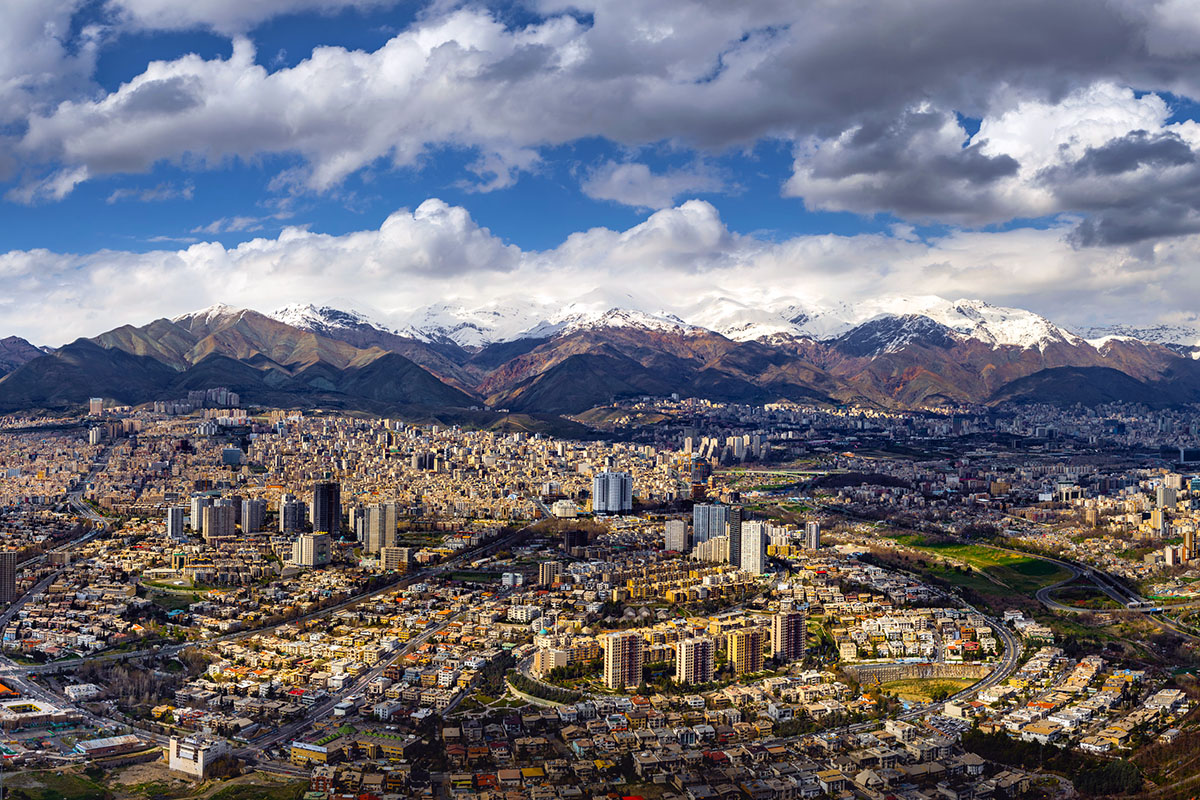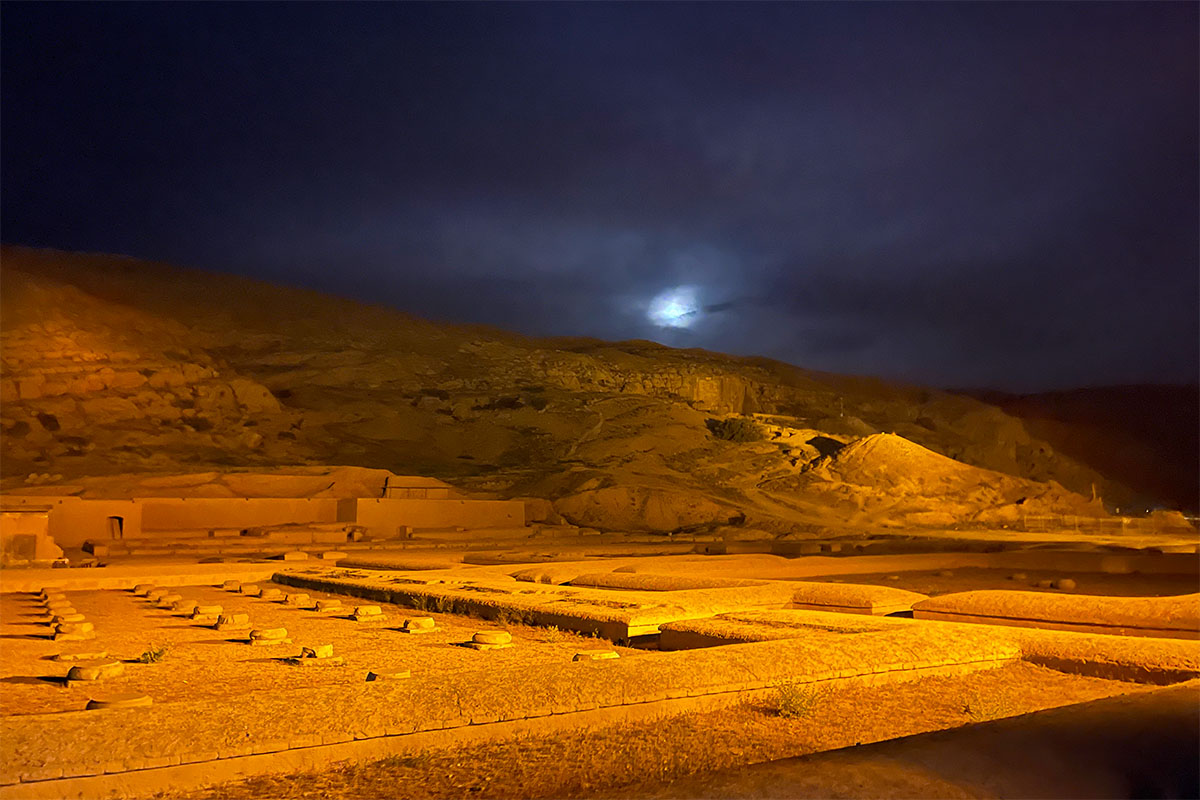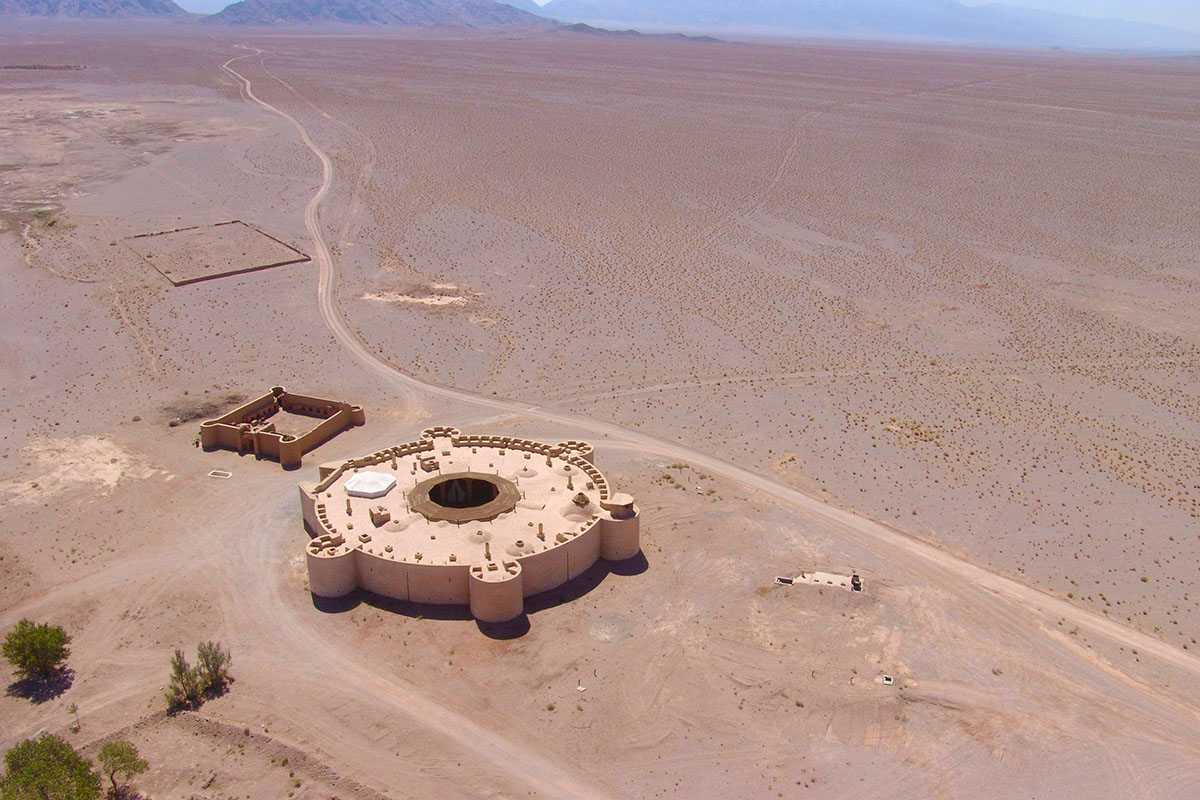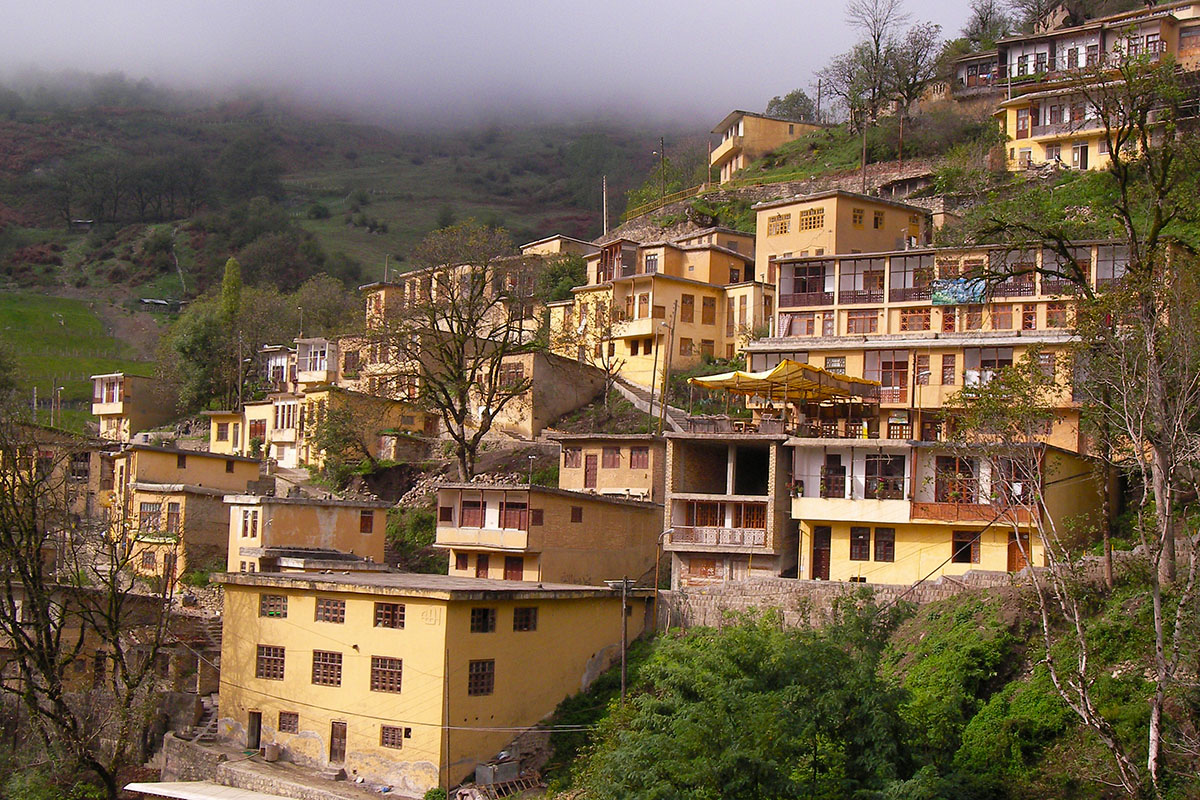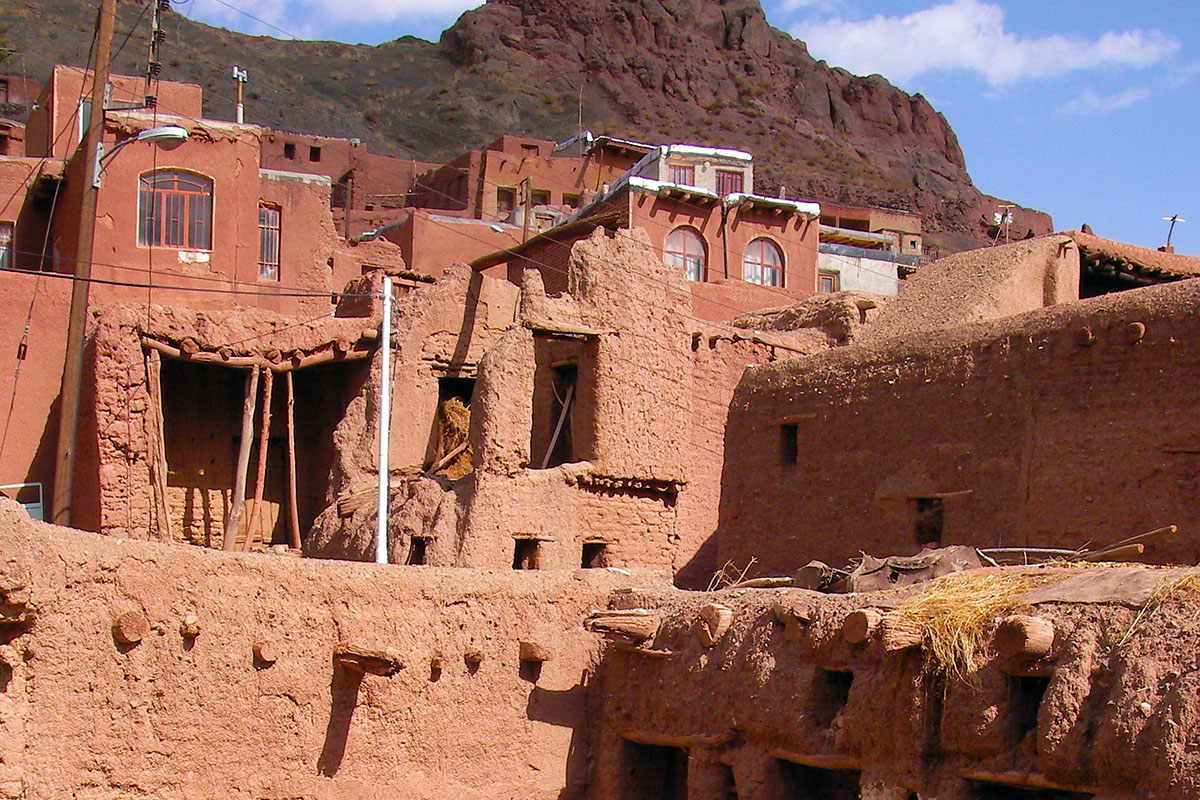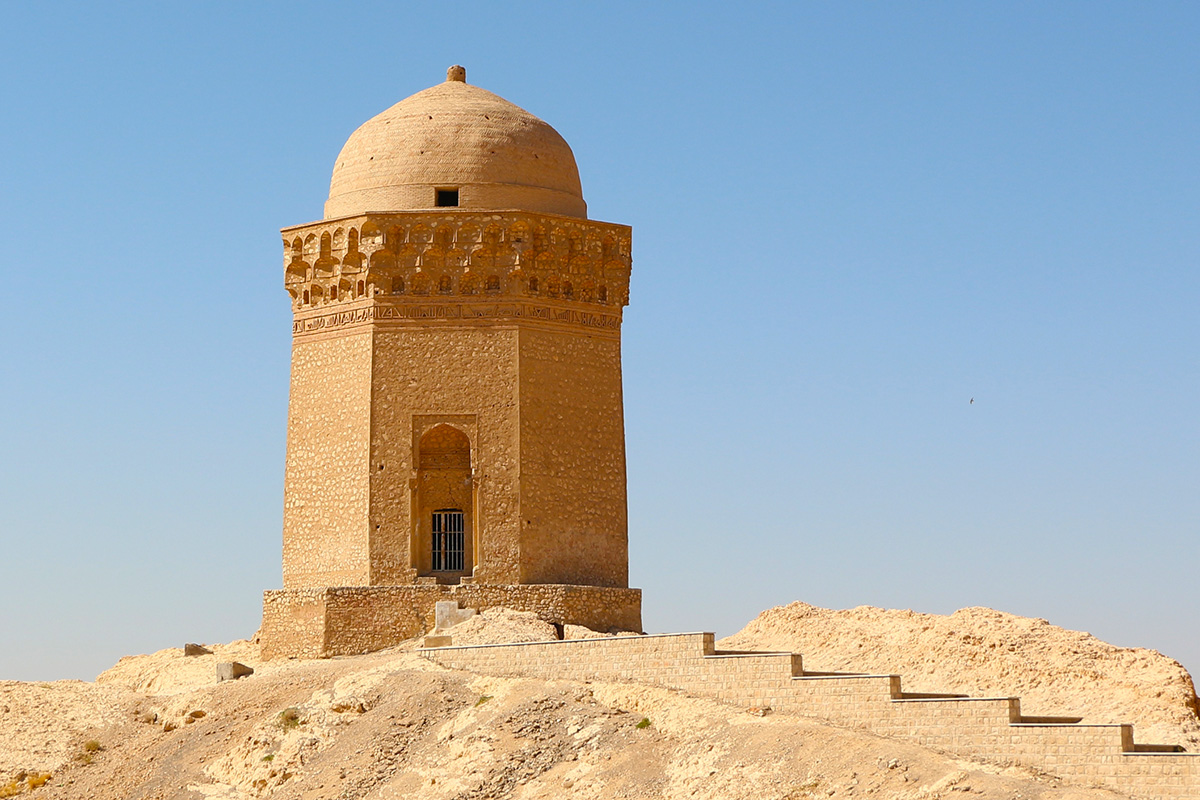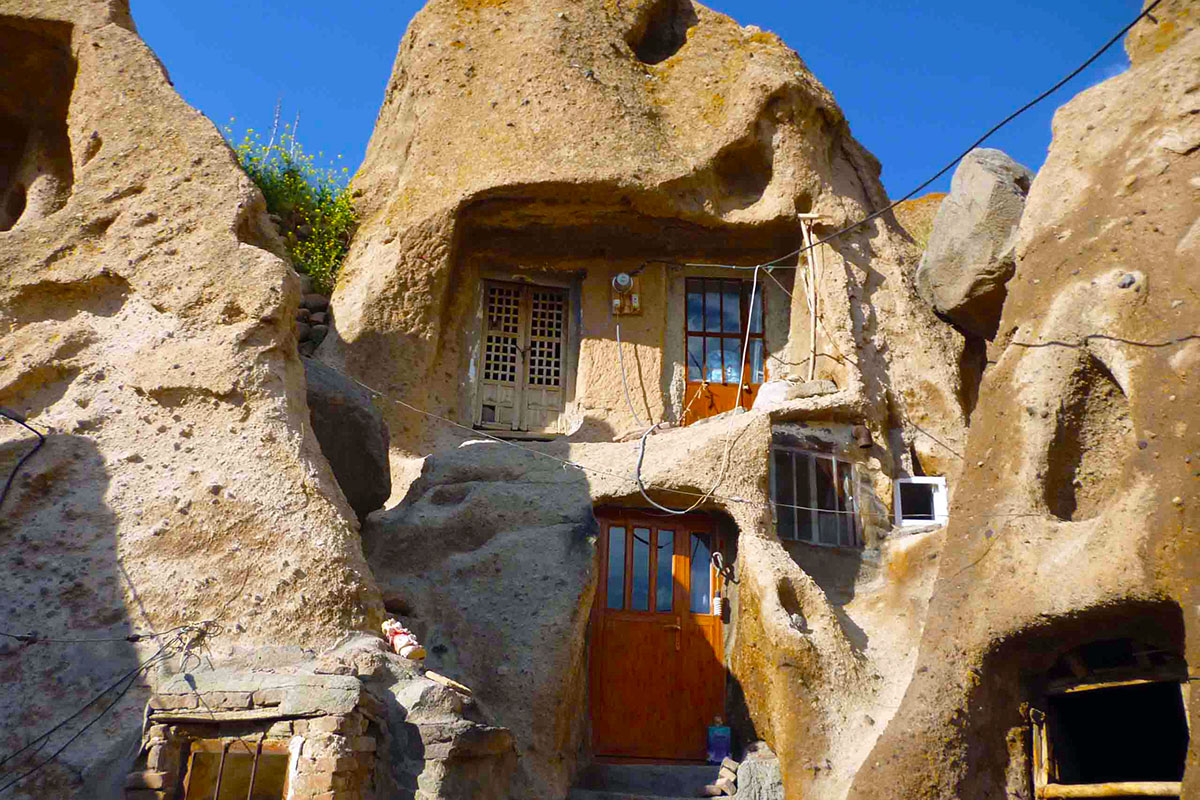Qeshm is the biggest island in the Persian Gulf and the world's largest non-independent island which enjoys from the strategic position in Hormozgan Province. This island was called Abarkavan in the Sassanid period. Qeshm Island, in the Strait of Hormuz, benefits from special situation between the Persian Gulf and the Indian Ocean. The Waterway border of all the marginal countries (Iran, Iraq, Kuwait, Saudi Arabia, Bahrain, Qatar, the United Arab Emirates and Oman), almost passes across its southern coast and all air traffics from the east and west pass from Qeshm’s sky. This island with all its unique properties is regarded as a window to the Persian Gulf, therefore, Qeshm is standing over a high channel over which a large volume of world’s oil and gas is transferred. This particular situation makes Qeshm different from other islands of Persian Gulf. Qeshm geographical location confines this island from north to Bandar Abbas, from north-east to the island of Hormuz, from east to Lark Island, from south to Hengam Island and from southwest to greater and lesser Tunbs and Abu-Musa Island. This island covers an area of 1,491 square kilometers, about 2.5 times as big as Bahrain. In addition to the indigenous and native population living in Qeshm Island, it has also non-native and immigrant populations, while a significant number of tourists - especially in autumn and winter and spring holidays - are always entering the island
History
History of residence on this island refers to pre-Islamic period and perhaps due to its geographical position goes back to the Median kings. In general, the island and its ancient civilization have always been dependent on the Aryan tribes and the central government of Iran. With the advent of Islam and the beginning of the expansion of the Islamic states, the Persian Gulf and Qeshm Island were conquered by Muslims and a mix of Aryan civilization with Islamic culture arose. At the time of the Achaemenid Empire, Iranian navy turned to the major naval power of its time, since they had to compete with the powerful naval powers of Greece, Egypt and Phoenicia. Thus, Qeshm Island was the largest center of marine activities in Iran. During the Sassanid period, the Arabs invasion to the ports and coasts of Iran intensified. Shapur II, formed a powerful naval force to suppress the Arabs and used the situation of this island in the best way. A few centuries later when the Iranian navy planned to capture the Sarandib Island, the island was re-center for the troops and fleets. Also for the campaign to Yemen, Qeshm was a port and the gathering center for troops before moving on to the target. After conquest of the Muslim troops, sailors of the island either converted their beliefs to the religion of Islam or emigrated. But the island kept its importance in controlling Hormoz Strait. Qajar government in the early nineteenth century (thirteenth century AH) was busy with long wars against the Russians and got unaware of the Persian Gulf, thus the UK reinforced its influence in most islands, including Qeshm and the British colonialists stepped to the coast of the Persian Gulf. After that period and during the first and second Pahlavi Governments, they always emphasized over the islands of Persian Gulf to be Iranian , particularly greater and lesser Tunbs and Abu-Musa Island, and these places were often visited by Iranian agents. In 1972, the government decided to create the first free trade port in Qeshm Island. In the first step, it was decided to build a stone bridge from “Laft" to Qheshm, in this way the ground connection between the island and the southern coast of Iran was established and Qeshm Island turned to a large center for tourists and commerce.
Language
The main language of people in Qeshm Island is Persian, similar to all other people living in the ports and south beaches of Iran. But they speak with an accent, which can be understood by all people and travelers. Local and common accent of Qeshm people is almost the same in its towns and villages. In general, it should be said Qeshm local language is a mix of languages of Arabic, Persian, Hindi, English and local language of the region.
Climate
Qeshm Island is situated in the group of hot and dry lands, while its humidity is relatively high during the year. The air pressure is between 1015 to 1018 mbar and in the summer due to the high heat, air pressure reaches to less than 1000 mbar. The annual average temperature of Qeshm Island is about 26 ° C, and the average maximum and minimum temperatures are 33 and 18 degrees respectively. Seasonal differences in the temperature of the island is great. Its hottest time is from July 10 to August 10 and the coldest months are January and February. The absolute maximum and minimum temperatures in Qeshm Island is recorded 46° C and 0 ° C. The temperature of sea water changes at the level of at least 22 °C in winter up to 32 °C in summer. For every five meters depth, water temperature decreases about 1° C.
Economy
Agriculture
In this island, due to the lack of rainfall and enough fresh water, agriculture is very limited and is mostly produced by dry farming. The agriculture of cereals has a lot of fluctuations due to the uniformity of rainfall. Thus, agricultural productions of this island can be considered negligible. Irrigated areas are in the plains of Tourian and dry farming areas are in the village of Tabl, Gouran, Soheili, Gourzin and Melki. Cultivation in Qeshm is non-mechanized and is still done in traditional ways. Most farmers use the primary means in cultivating, planting, gardening and irrigating.
Mines
There are different mines in this island including salt, ocher, iron ore and gas, which led to the commercial prosperity of this island especially in the past. Working in mines has been a job for some of the residents. The mine of Tolombar with an annual production of 35 thousand tons is considered as one of the important mines of this island. From other major mines of this Island, Namakdan can be named, which is a salt circular (conical) hill with a diameter of 7 km and an elevation of 237.This source reserves 420 thousand tons of salt. Gas of the island was first excavated by an Anglo-Iranian Company in the past years, so that there are three oil wells in this region and one of them has a depth up to 3000 meters.
Livestock
Qeshm Island is somehow potential for animal husbandry and currently animal breeding is done in the traditional way. There are 2,000 sheep, cows, calf and cattle and thousands of birds in this island. The source of food for the livestock is mainly the branches and leaves of mangrove trees. The number of camels in this island exceeds3,000.
Anima life in the world‘s lands and water, three ecosystems have the most diversity in terms of plants, animals and biodiversity. These three ecosystems include mangrove forests, coral islands and rainforests. The two first ecosystems exist in Qeshm Island and its surrounding waters. The known mammalian species of this island include 4 species of bat. One of its important types is fruit bat which is regarded as the country's largest bat and has been mostly reported from Qeshm Island.
Rodent species
4 rodent species, a hedgehog, a species of rabbit, a fox and an Iranian deer have been identified in Qeshm Island. Qeshm also has very various reptile species: three types of snakes, 17 species of lizards and a type of amphibians are identified in this island.
Vertebrates
birds have the most variety in this island. The List of identified birds already reached to 173 types. Some of these birds are rare in our country such as hawk and green heron. The few remaining gazelles have sheltered in the beautiful mountains of the island and spend their last life-threatening days. The Generation of gazelle is highly endangered in this island.
The First Geo-park of Iran in Qeshm Island
Plains, valleys, beaches and mountains have unique situations in terms of vegetation, wildlife and rare geological phenomena. In this part of the island, in addition to the beautiful and endangered species of plant and animals, one can see rare and unique geological phenomena with special charm and beauty. Natural sculptures and scattered reliefs, amazing mountains, flat surfaces at heights, columns resulting from erosion in addition to the protrusions and sinking caused by weathering and fallen pieces at the foot of the mountains, figures created by the art of nature, amazing statues in various forms, such as turtles, dogs, lizards, hippos and even human faces in anger and yelling, are all a large part of the spellbinding nature of Qeshm and the unique ecotourism attraction of this island.
Kharbas Historical caves
Kharbas historical caves are created by vortex and sand discharging resulting from the rock excavations. These caves are said to belong to the Median time. In pre-Islamic era, people increased the size of these caves and created halls and labyrinths to shelter their children, women and the elderly at the time of invasion of enemies. Some believe that these caves were a gathering place for sun worshipers, In any case, the old caves are one of the largest tourist attractions of Qeshm Island and are frequently damaged in the previous years due to erosion and the lack of protection.
Star Valley
Star Valley, as the natives call it a fallen star, is the most beautiful display of erosion in the vast island of Qeshm. The residents believe that after the fall of the stars in this place and as a result of a heavy blow, the soil of the earth arose and dried and such forms emerged. Some people believe that when it gets dark, ghosts and goblins come to this place, but such a thing has not been proved true. What is clear is that these forms were created by wind and rain erosions and seasonal storms. A visit to Star Valley in a moonlit night has special attractions, especially at the moment of silence in everywhere, when the sky and the stars are felt particularly close to the ground. It should be mentioned that this valley is recorded as a part of the geo-park of Qeshm Island in UNESCO’s list.
Coast of turtles
Shib village and its vast shores are the place for the sea turtles and hawksbill turtles that every year from mid-March until the end of June come to these shores for laying. The turtles lay about 300 eggs per season in 3 steps and during 20 days and hide these eggs in a hole. After two months, the eggs come out of the ground and move toward the moonlight reflected on the sea. The creation masterpiece is that the baby turtles which are hatched in this place, return to their hometown to lay their eggs after years. Visiting the hawksbill turtles digging holes and laying and visiting the hatching of their tiny babies which move toward the light are of ecotourism attractions in Qeshm Island. In recent years, Qeshm Free Zone Organization in cooperation with UNESCO, started several maintenance works to take care of this rare and endangered species.
The Portuguese Fort
In the northeast of the island, there are the ruins of an old castle which was built in 1621 AH by the order of the King of Spain, as a military fortress to control maritime traffic of Hormoz region and the Persian Gulf. The castle was conquered in 1622 AH by the Persian army. It has two towers and walls at its four sides. On the back of the outer wall, there is a ditch which is filled presently. The walls of the castle have been built identical to those of Sassanid period with coral stone, mortar and plaster. Among the ruins of the castle there are still some rusty pipes. Four pipes of them are installed around the entrance of the old police stations of Qeshm and Laft and some other pipes have been carried to Lengeh Port.
Mangrove Forest
Mangrove trees with the scientific name (Avicenna Marina), are trees with a size of 3 to 6 meters and bright and green leaves. Mangroves sink into water when it comes up and with the refinery property in their skins, absorb the sweet part of sea water and remove the salt. Mangrove tree is actually a desalination plant. In Khoran Strait, between Qeshm Island and part of the province of Hormozgan, Mangrove forest emerged in a range of 200 square kilometers with a high biodiversity. Due to the appropriate ecological conditions, it is a safe habitat for the migratory birds such as Hindi heron. Mangrove forest is a proper habitat for molluscs, crustaceans and fish which are an important food source for wild fish and birds.
Salt Cave
Salt cave is located at a distance of 90 km, in the south-western end of the island (roughly parallel to the southern coast) in a dome-shaped mountain which has a height of 237 meters above the sea level. The streaks of white salt on the wall of the remote mountain expose an interesting and spectacular landscape. In the Salt Cave, especially in its depth, it is dark and flashlight is needed to view crystalline salt. The ceiling of salt cave is covered by marble and crystal crests and created an exquisite view. The flow of salt water on the floor of this cave is of pleasant views. Air humidity and water penetration lead to drip water from the saturated salt and this constantly changes the salt shape.
Hengam Island
Henagm Island is of Iranian islands in the Persian Gulf, with small villages and an area of about 50 square kilometers with salt and lead mines. This island is in the shape of an incomplete cone located in the southern Qeshm coast. One of the attractions in the island is the British old port facilities. Watching Dolphin groups around the island is of spectacular landscapes. Swimming and diving off the coast, watching the turtles, the rock and sandy coasts, deer and the sole crocodile’s park in the country are of the attractions and unique nature of this island and its surrounding sea. The most important tourism center is the first crocodile farm in the country. Next to the park, permanent camping and required facilities for accommodation of tourists are provided.
Qeshm Bazaar
Qeshm is regarded as one of the free zones of the country and its markets are of great prosperity due to its duty-free and good prices. There are old bazaars in Qeshm with traditional style and new bazaars with modern style. These markets open shopping environments for travelers and traders. Qeshm old market has been operating from the past and today still plays a major role in the supply of products. It is located in the city center and near Sangi (stone) Jetty. In recent years, new markets have been emerging which are operating in the form of commercial complexes such as: Setareh Bazaar, Grand Bazaar of Ferdowsi, Pardis Bazaar, Persian Gulf Bazaar and Marjan Bazaar.
Transportation
Airport: Qeshm international airport has several flights to the cities of Tehran, Shiraz, Mashhad, Isfahan and Dubai. These flights are carried out by the airlines of Mahan and Qeshm Air.
By the Sea
There are various daily vessels from Bandar Abbas to Qeshm and vice versa. These vessels move between the jetties of Shahid Haghani to Shahid Zakeri and the reverse orbit. There are dhows and express boats from Bandar Abbas to Qeshm. Laft jetty is working around the clock to transfer the vehicles to Qeshm Island.

